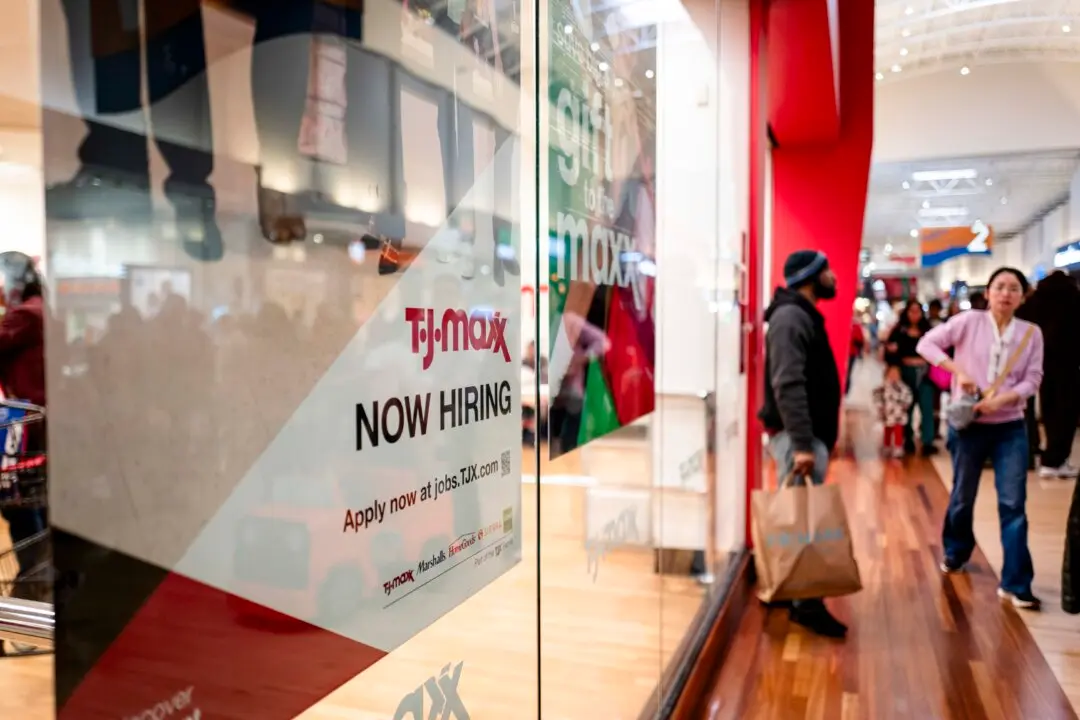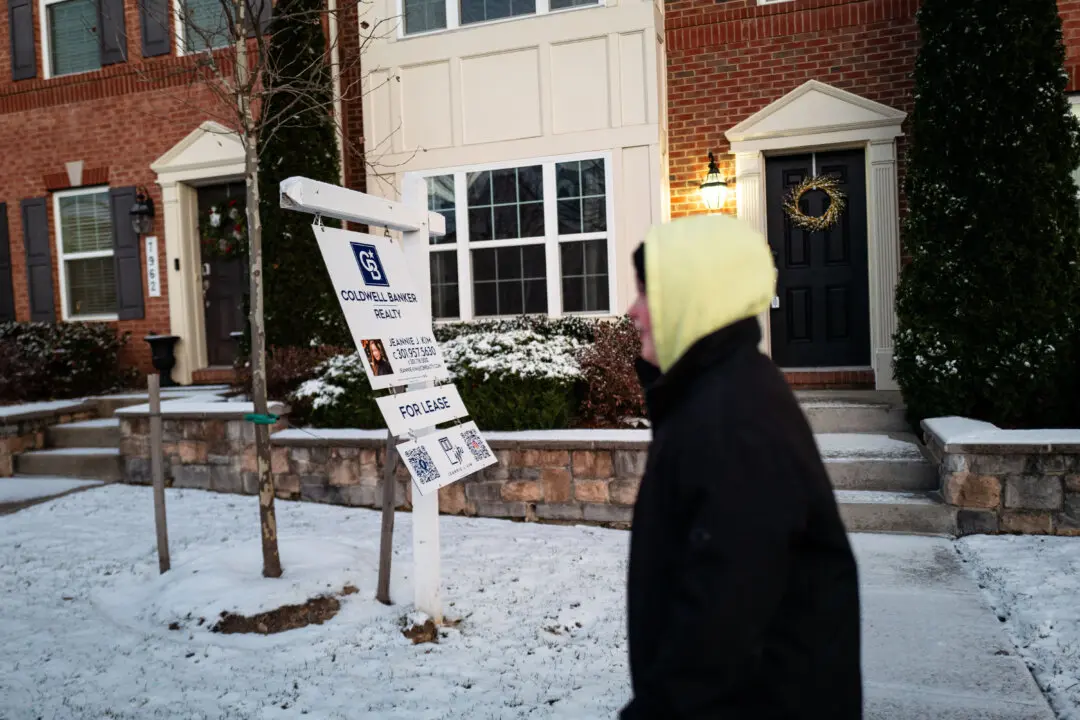The Federal Reserve’s preferred inflation indicator climbed, marking the second consecutive inflationary measure to increase in the past month and revealing that the fight against inflation isn’t over. Incomes also slowed while spending surged, suggesting that the U.S. economy could be on the brink of stagflation, an environment of high prices and stagnating growth.
In July, the personal consumption expenditures (PCE) price index rose to 3.3 percent, from 3.0 percent in June and matching the consensus estimate, according to the Bureau of Economic Analysis (BEA). On a month-over-month basis, the PCE rose by 0.2 percent, unchanged from the previous month.





